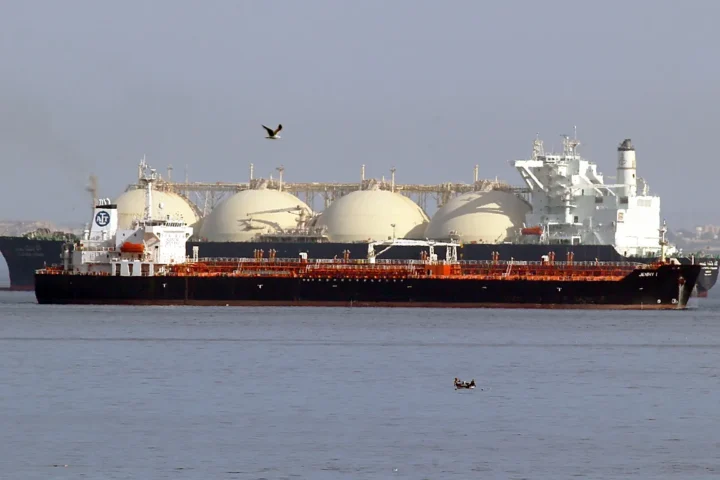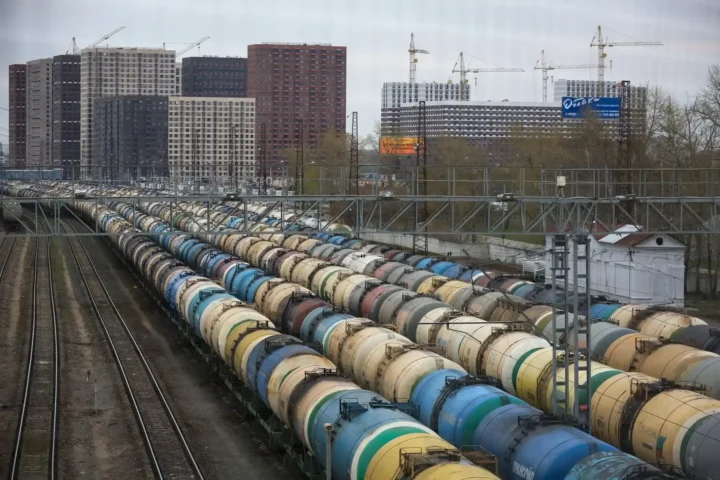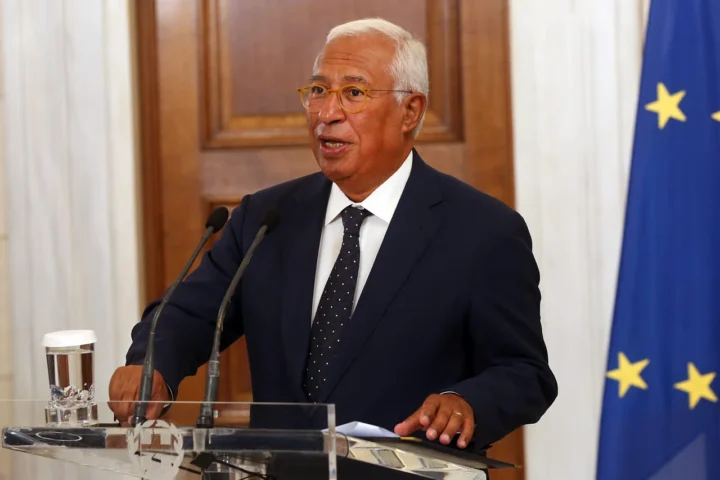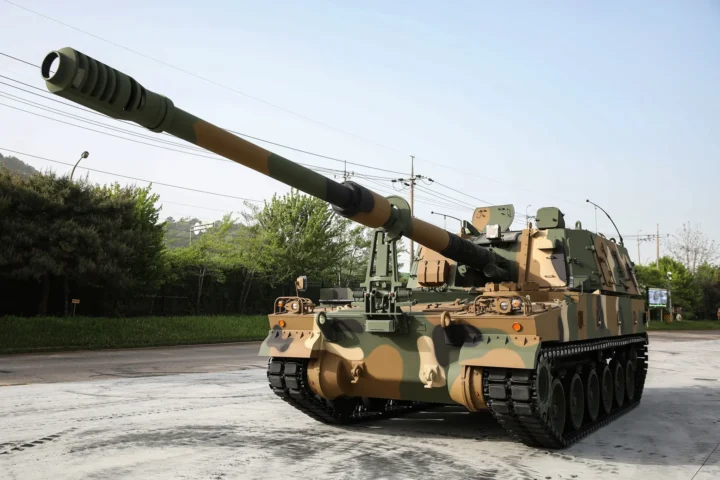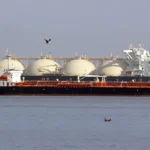Russia’s seaborne crude exports over the past four weeks remain at a 16-month high — an average of 3.62 million b/d through September 28. The four-week rolling average, derived from tanker-tracking data, better captures the trend than volatile weekly figures (according to Bloomberg).
Pressure from Washington and Buyers’ Response
Despite political pressure from President Donald Trump directed at key importers — India, Turkey, Hungary, and Slovakia — these countries are in no hurry to abandon Russian crude.
- India has shown no readiness to curb purchases after months of diplomatic signaling. Citing Bloomberg, officials in New Delhi have told Washington that any significant reduction in imports of Russian oil would require replacement flows from the sanctioned Iran and Venezuela.
- China, the largest overseas buyer of Russian grades, has publicly stated its intention to deepen energy cooperation with Moscow. Earlier in September, China’s Ministry of Commerce signaled it would protect the country’s interests as the US pushed the G7 to raise tariffs on Chinese goods up to 100% (per Bloomberg).
India: Tariff Leverage and “Gray” Routes
In August, Indian exports to the US were hit with an additional 25% tariff — a lever meant to nudge New Delhi to wind down Russian crude purchases. On paper, volumes on tankers listing Indian ports as the final destination fell sharply, yet cargoes without a declared destination beyond the Suez Canal surged. A significant share of those barrels is believed to end up at Indian refineries.
Separately, Nayara Energy Ltd. — an Indian refiner sanctioned by the EU — has managed, two months after being listed, to partially restore operations by relying on an even higher share of Russian crude in its feedstock.
Europe: Pipeline Pragmatism
Hungary and Slovakia — both tethered to pipeline deliveries — rejected calls to halt purchases.
- Hungarian Prime Minister Viktor Orbán argued that stopping pipeline imports would immediately knock about 4% off GDP.
- Slovakia’s President Peter Pellegrini delivered a similar message, citing technological constraints and limited capacity on alternative routes.
Turkey: Steady Imports
There has been little progress for Washington with Turkey as well: the country continues to import roughly 300,000 b/d of Russian crude.
War Factor: Refinery Strikes and Flow Reallocation
Ongoing Ukrainian drone strikes on Russian refineries are prompting diversions of crude from damaged processing plants to export terminals. That likely added momentum to overseas shipments in recent weeks. Constraints remain, though: spare capacity at Russia’s crude export terminals may be very limited, capping the potential for further growth in direct loadings if attacks escalate.
Weekly Loading Snapshot
In the week ending September 28, 36 tankers loaded 26.75 million barrels of Russian crude — up from 23.69 million barrels on 31 ships the week before.
- Primorsk (Baltic) held around 1.25 million b/d on 12 tankers, near a record.
- Kozmino (Pacific) rebounded after a four-day gap the previous week.
Export Value and Price Differentials
Gross weekly export revenue rose by about $240 million to $1.57 billion through September 28, a three-week high (Bloomberg estimates).
Prices by grade (per Argus Media):
- Urals, Baltic: + $1.80/bbl, averaging $56.38.
- Urals, Black Sea: + $1.80/bbl, averaging $56.59.
- ESPO (Pacific): – $0.30/bbl, averaging $62.65.
- Delivered India: + $1.90/bbl to $67.18, the highest in eight weeks.
Four-week rolling averages:
- Urals, Baltic: $55.00 (+ $0.50/bbl).
- Urals, Black Sea: $55.22 (+ $0.40/bbl).
- ESPO, Pacific: $62.80 (– $0.40/bbl).
On the same basis, average weekly revenue was virtually unchanged versus the period to September 21, at about $1.46 billion.
Flow Geography: Asia, India, Turkey, Syria
Asia remains the key outlet. Combined observed flows to Asian buyers (including cargoes without a declared final port) over the 28 days to September 28 rose to 3.23 million b/d, from 3.19 million b/d in the prior four-week period — the highest since May 2024.
India. At first glance, volumes headed directly to Indian ports fell to 960,000 b/d on a four-week average. However, there are over 1 million b/d on tankers with no final destination declared, enough to flip the trend back toward India. Market indications suggest Indian refiners have no plans to step away from Russian grades: buying for November–December is expected to stay active, albeit below the record peaks of recent years.
Breakdown of “undeclared” cargoes:
- About 800,000 b/d are on ships from Russia’s western ports showing Port Said/Suez as the waypoint, as well as Pacific loadings without a clear delivery point.
- Another ~240,000 b/d are on tankers signaling no destination at all.
Turkey. The four-week average edged up to ~340,000 b/d.
Syria. Shipments slipped to ~35,000 b/d.
Washington’s attempts to re-route global Russian oil flows via tariff pressure and political messaging have not produced a structural shift so far. Asia is consolidating its role as the primary market, while a portion of barrels “disappears” into flexible logistics with delayed destination disclosures. With limited spare capacity at export terminals, further growth in seaborne shipments looks contingent on the intensity of strikes on Russian refineries and buyers’ willingness to absorb higher price and sanctions risks (according to Bloomberg; price indicators — Argus Media).
This article was prepared based on materials published by Bloomberg. The author does not claim authorship of the original text but presents their interpretation of the content for informational purposes.
The original article can be found at the following link: Bloomberg.
All rights to the original text belong to Bloomberg.







